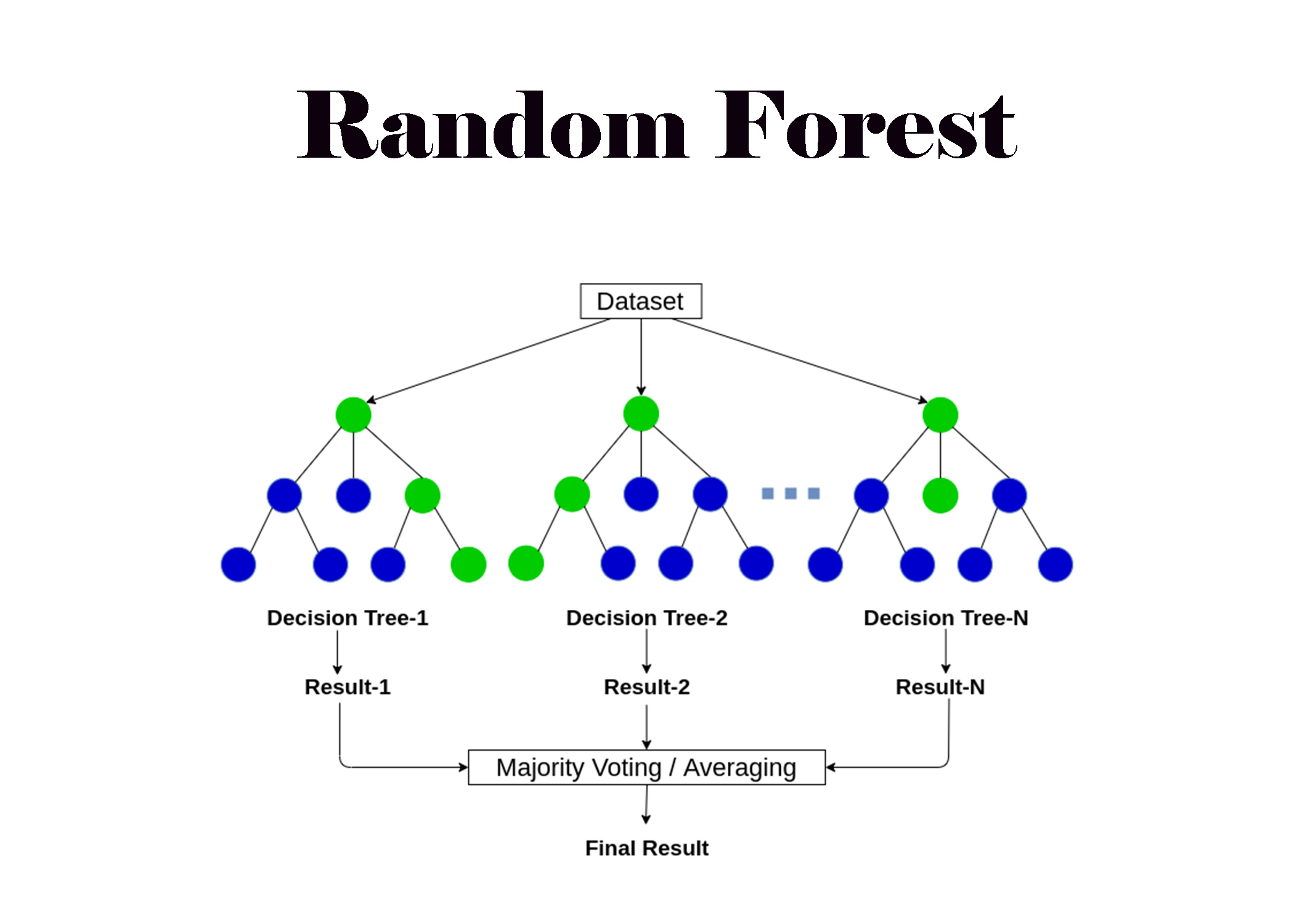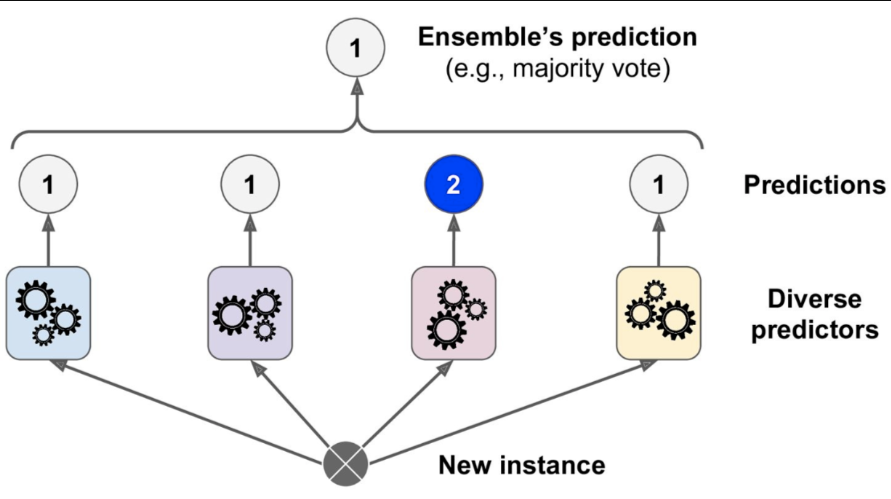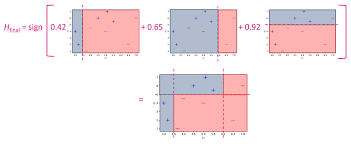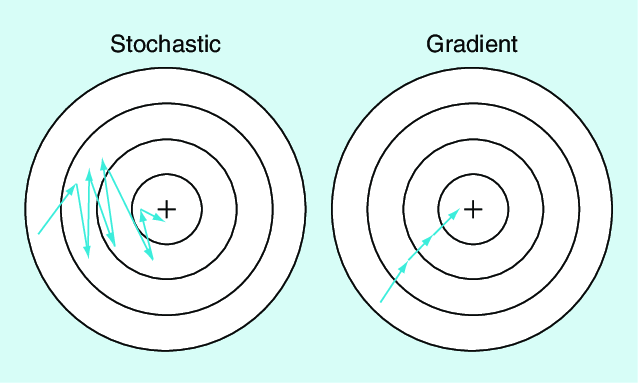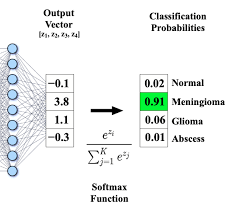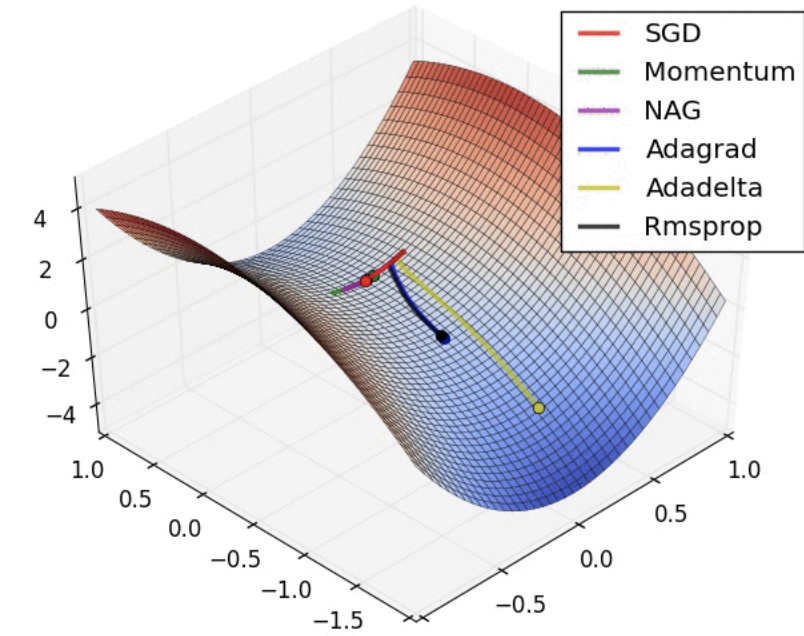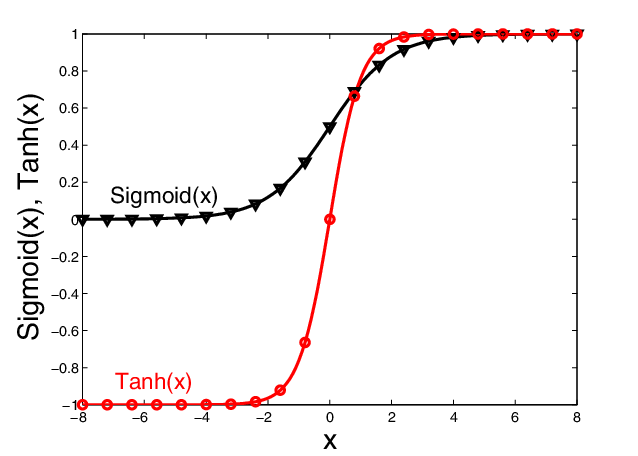Random Forest, introduced in 2001 by Leo Breiman and Adele Cutler, combines multiple decision trees to enhance prediction accuracy and reduce overfitting. It is a versatile machine learning tool widely applied in healthcare, transport planning, and environmental risk assessment in Australia.
Voting classifiers combine the predictions of multiple machine learning models to improve accuracy and robustness. Widely applied in healthcare, traffic management, and economic analysis in Australia, they ensure reliable decision-making in complex scenarios.
AdaBoost R2, introduced by Drucker in 1997, extends AdaBoost to predict continuous variables, addressing challenges in regression analysis. Its iterative boosting mechanism ensures accurate forecasts for diverse datasets, making it a valuable tool in fields like environmental analytics and healthcare.
Stochastic Gradient Descent (SGD) is a foundational optimisation algorithm that improves machine learning efficiency by processing small data subsets. Widely used in industries like healthcare, urban planning, and climate forecasting, SGD ensures scalable and robust model training.
The softmax function transforms raw scores into probabilities, making multi-class classification models more interpretable. Widely used in AI applications like healthcare, transportation, and education, it enables efficient decision-making with tools like TensorFlow, PyTorch, and scikit-learn.
Artificial neurons, inspired by biological models, form the backbone of modern AI by enabling pattern recognition, automation, and decision-making. Their applications span healthcare, traffic management, and environmental monitoring, revolutionising data processing across Australian industries.
SGD with Momentum accelerates machine learning convergence by smoothing updates and overcoming local minima. Widely applied in Australian industries like healthcare, transport, and climate modelling, it ensures efficient training of complex models.
RMSProp, introduced by Geoffrey Hinton in 2012, optimises deep learning by dynamically adjusting learning rates for each parameter. Widely used in healthcare, transport, and environmental monitoring in Australia, RMSProp ensures stable and efficient model training.
Recurrent neural networks (RNNs) bring memory to machine learning, excelling at sequential data analysis in tasks like language processing, time series modelling, and predictive maintenance. Advanced RNNs, such as LSTMs and GRUs, solve challenges in long-term dependency and context retention.
The sigmoid and Tanh functions are foundational activation functions in neural networks, transforming inputs into non-linear outputs for complex modelling tasks. Widely used in classification, traffic management, and climate analysis, they remain essential despite the vanishing gradient challenge.


